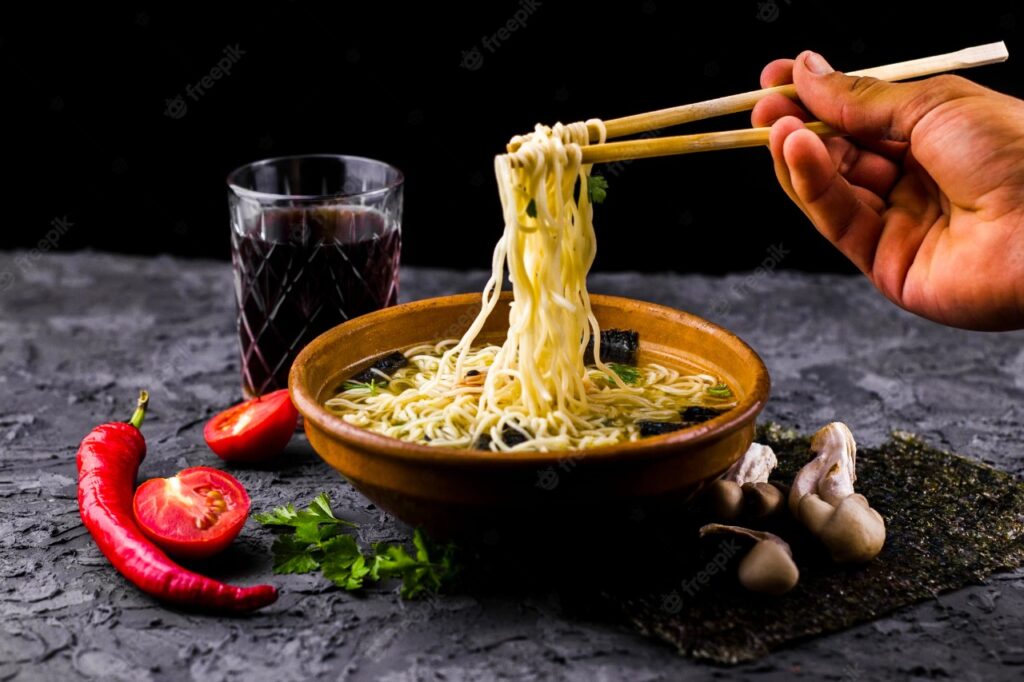- Advertisement -
The dietary habits of many nations vary. Chinese cuisine may have been available in your nation, but China is a different place. This article will assist you in learning the fundamentals of Chinese cuisine if you are arranging a trip there.

- Chopsticks, not knives and forks, are used to pick up food in China. To learn how to utilize them and about chopstick taboos, see Chopsticks.
- While rice is the main food source in the south of China, wheat noodles are the main staple there. Noodles are also served in restaurants in southern China, however they are typically made of rice. In communal meals, rice is served separately in tiny bowls. Meat and vegetable dishes are placed in the center of the table on plates or in larger bowls for everyone to enjoy. If you’re not eating fast food, it’s not one plate per person like in the West!
- Wheat noodles are the main staple in the south of China, where rice is the primary food source. In southern China, eateries also serve noodles, but these are often made of rice.
- China has a diverse range of Chinese food. There are numerous regional foods with a variety of flavors, including sour, spicy, sweet, and hearty. Read up about the many regional cuisines of China.
- For groups larger than four people, restaurants typically offer a round table. The middle of the table may have a lazy Susan made of tempered glass that swivels so you can easily access each dish.
- Frogs, chicken feet, pig ears, intestines, dog meat, and other unusual and occasionally horrifying ingredients can be found in Chinese cuisine. Chinese cuisine uses several strange items.
- Usually, there aren’t any salt and pepper shakers or tomato sauce bottles on the table. However, you can also come across bottles of vinegar, soy sauce, and chili paste as compensation.
- Although smoking laws have recently been enacted in some locations, some Chinese restaurants can be fairly loud and smoky when patrons don’t regulate their chatting or smoking level.
- In Chinese restaurants, tips are not expected. The cost of the food includes the service charge.
- If your Chinese dining companion serves you food, it’s out of intimacy and friendliness—not because they don’t want it or assume you can’t prepare it yourself. These days, passing food to elders during family meals is more common as a sign of respect.
Also Read – Best Brain Food to Improve Memory and Focus
- Advertisement -



